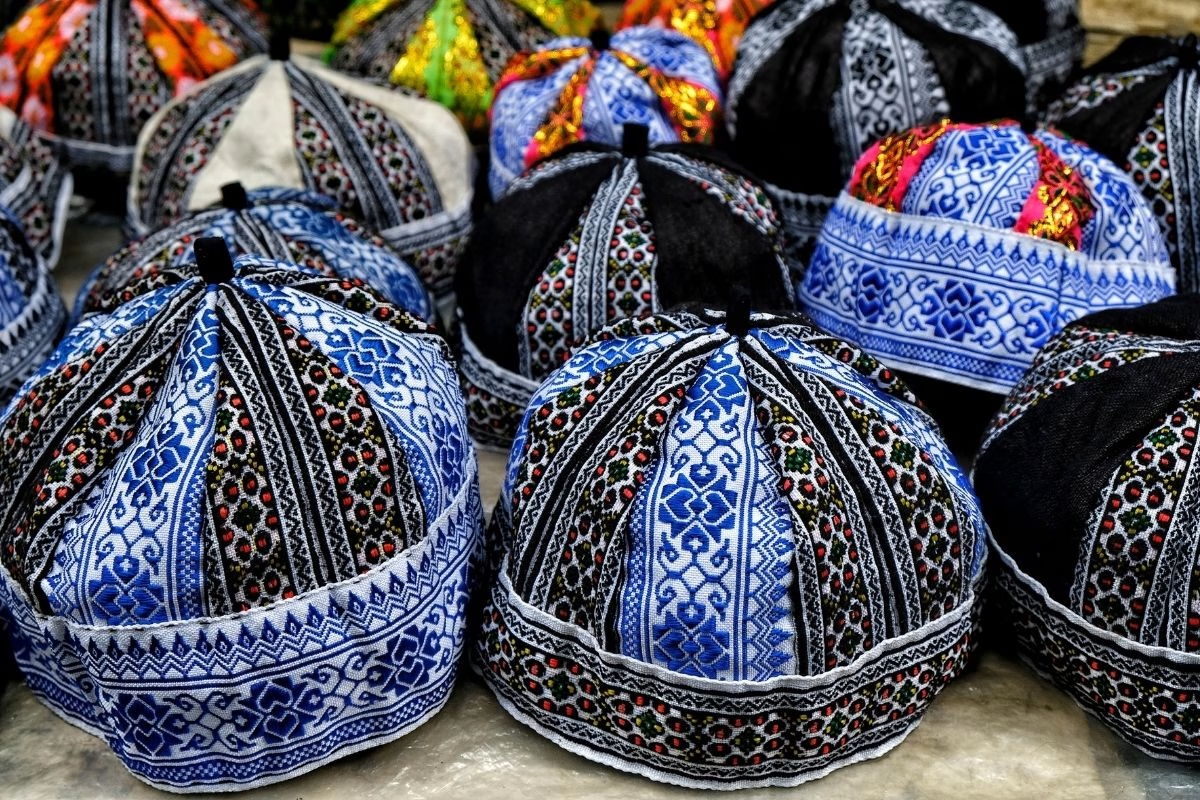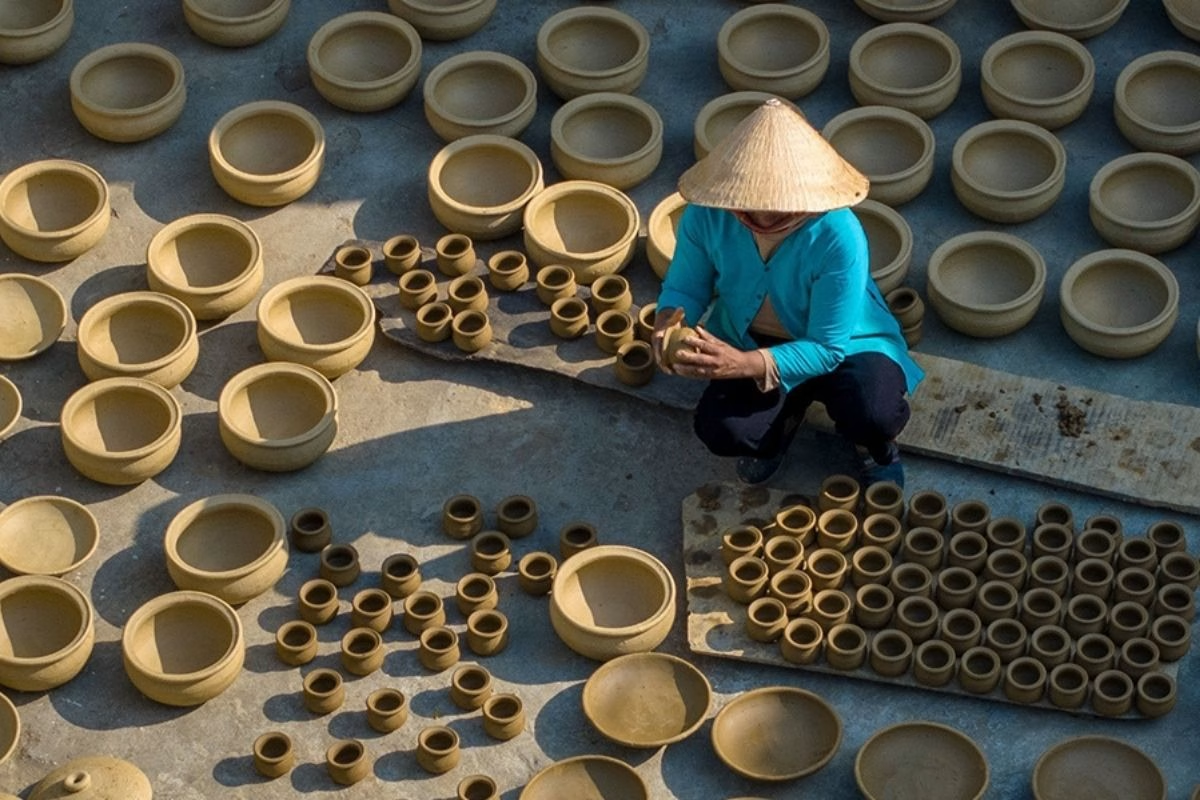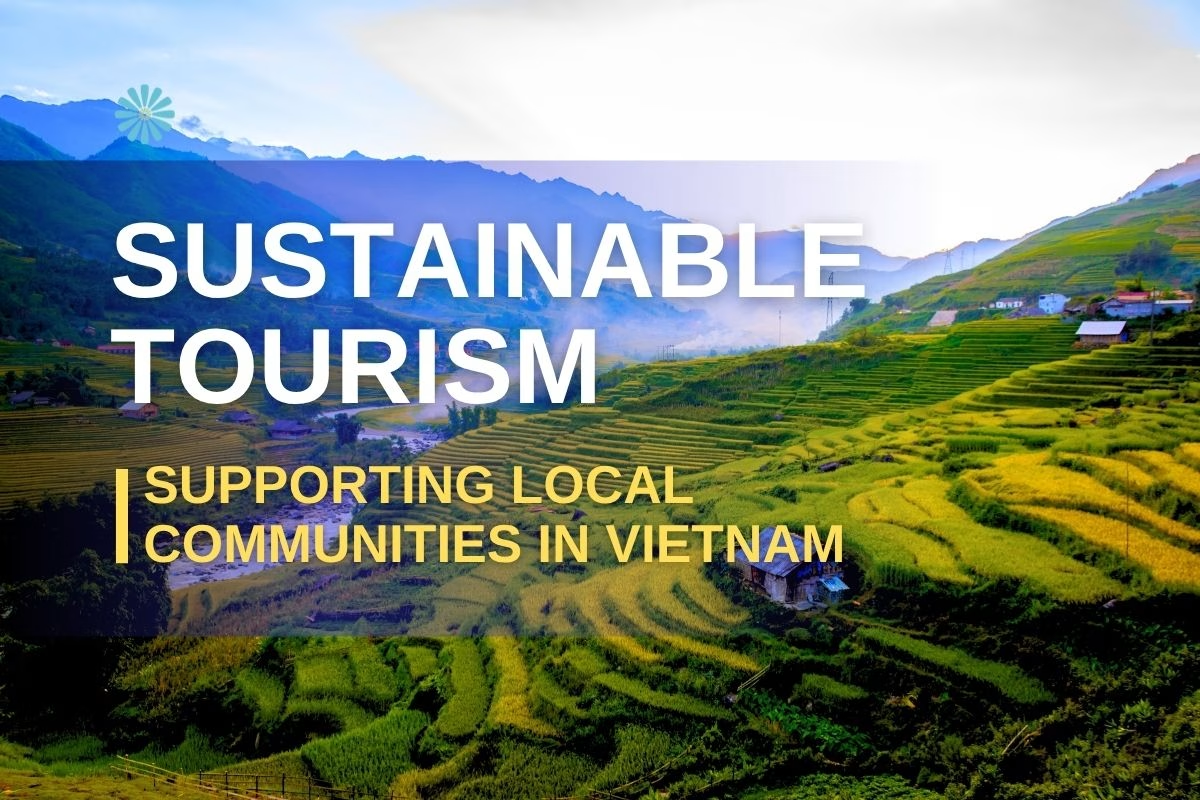Sustainable Tourism: Supporting Local Communities in Vietnam
Sustainable tourism Vietnam is more than a journey to explore nature and culture—it’s a way for travelers to uplift local communities. By embracing community-based tourism and celebrating traditional craft villages, tourism creates a lasting value system, preserving heritage while boosting local economies. Discover how Vietnam tourism fosters positive change through meaningful experiences.
Community-Based Tourism: Connecting with Local Life
Living Like a Local
Community-based tourism offers a chance to immerse yourself in the daily lives of locals. In Mai Chau, Hoa Binh, you can stay in Thai stilt houses, cooking fragrant meals with sticky rice and stream-caught fish alongside villagers. Joining in weaving traditional textiles or dancing the sap dance under moonlight, you’ll feel the warmth and authenticity of local culture. These experiences not only enrich your journey but also bring direct economic benefits to locals, improving their quality of life.

In Sa Pa, Lao Cai, community-based tourism takes you to Ta Van or Cat Cat villages, where H’Mong and Dao people share stories of mountain life. Buying handmade crafts like embroidered scarves or silver jewelry provides a livelihood for these communities, helping preserve their traditions and promote sustainable growth.

Joining Local Activities
Taking part in activities like farming, rice planting, or fishing with locals is a wonderful way to connect with culture. In Hoi An, you can work alongside farmers in Tra Que vegetable village, watering plants with coconut-shell dippers, or learn to make lanterns at Thanh Ha craft village. These activities create economic opportunities while fostering pride in local heritage, ensuring cultural traditions thrive.
Traditional Craft Villages: The Soul of Culture
Celebrating Craft Heritage
Traditional craft villages are the heart of sustainable tourism Vietnam. Bat Trang pottery village in Hanoi, with its rustic ceramic vases, invites you to shape clay and learn about centuries-old techniques. Each purchased item is a souvenir and a source of welfare for artisans, helping them sustain their craft. Similarly, Van Phuc silk village in Ha Dong dazzles with shimmering silk fabrics, where you can watch the intricate weaving process and support locals in preserving their heritage.

In Hue, Thuy Xuan incense village offers a vibrant scene with colorful handmade incense sticks. Joining in or buying these products provides economic benefits to locals, safeguarding a traditional craft against modern changes.
Linking Economy and Culture
Craft villages not only preserve culture but also drive economic growth. At Kim Bong carpentry village in Hoi An, you can learn woodcarving and buy finely crafted products. These activities offer direct economic opportunities, enabling locals to invest in education and better living conditions. Community-based tourism paired with craft villages forms a value chain where travelers, artisans, and communities all benefit.
Benefits of Sustainable Tourism
Boosting Local Economies
Sustainable tourism Vietnam provides a steady livelihood for local communities. According to Mr. Pham Dang An, Vice General Director of Vu Phong Energy Group, integrating local culture into tourism, such as using handmade products or local cuisine, maximizes economic and social welfare (vuphong.vn). Homestays, eateries, and shops in places like Mai Chau or Sa Pa create jobs, reducing reliance on unsustainable industries.
Preserving Culture and Nature
Community-based tourism encourages the preservation of cultural heritage and nature. In Can Tho, Cai Rang Floating Market is not just a tourist spot but a hub where locals sell regional products, from fruits to crafts. Joining floating market tours helps maintain the river-based culture while supporting eco-friendly practices, like reducing plastic waste (vinpearl.com).
Creating Lasting Value
Sustainable tourism Vietnam builds a long-term value system where communities, travelers, and the environment thrive together. As WAFORT notes, sustainable tourism focuses on effective management, minimizing environmental harm, and maximizing benefits for locals (dulichcotrachnhiem.org). Choosing homestays or craft products creates a cycle of economic, cultural, and environmental sustainability.
Plan Your Sustainable Journey
Choose Meaningful Destinations
Pick destinations like Mai Chau, Sa Pa, Hoi An, or Can Tho, where you can engage in community-based tourism and experience craft villages. The dry season (November to April) is ideal for mountain villages, while summer (May to August) suits Mekong Delta floating markets.
Travel Responsibly
Respect local culture by asking permission before taking photos or joining activities. Support communities by buying handmade crafts and staying at homestays. Bring a reusable water bottle to reduce waste, contributing to sustainable tourism Vietnam.
Plan with Experts
For a meaningful journey, explore community-based tourism tours at daizytravelvietnam.com. These tours blend nature, culture, and community support, offering a fulfilling experience.
Start Your Journey
Sustainable tourism Vietnam lets you explore the beauty of Vietnam tourism while uplifting local communities. From stilt houses in Mai Chau to craft villages in Hoi An, each trip tells a story of connection and preservation. Plan your journey today to experience and spread the value of community-based tourism!
Daisy Land Travel Viet Nam (DLT)
- 🏢 Head Office: No. 11, Alley 55, Linh Quang Alley, Van Chuong Ward, Dong Da District, Hanoi, Vietnam
- 📞 Phone/ Whatsapp/ Viber: (+84)931307887 / (+84)368020960
- 📧 Email: booking.daisylandtravelvietnam@gmail.com
Khám phá thêm từ Daisy Land Travel Viet Nam
Đăng ký để nhận các bài đăng mới nhất được gửi đến email của bạn.


